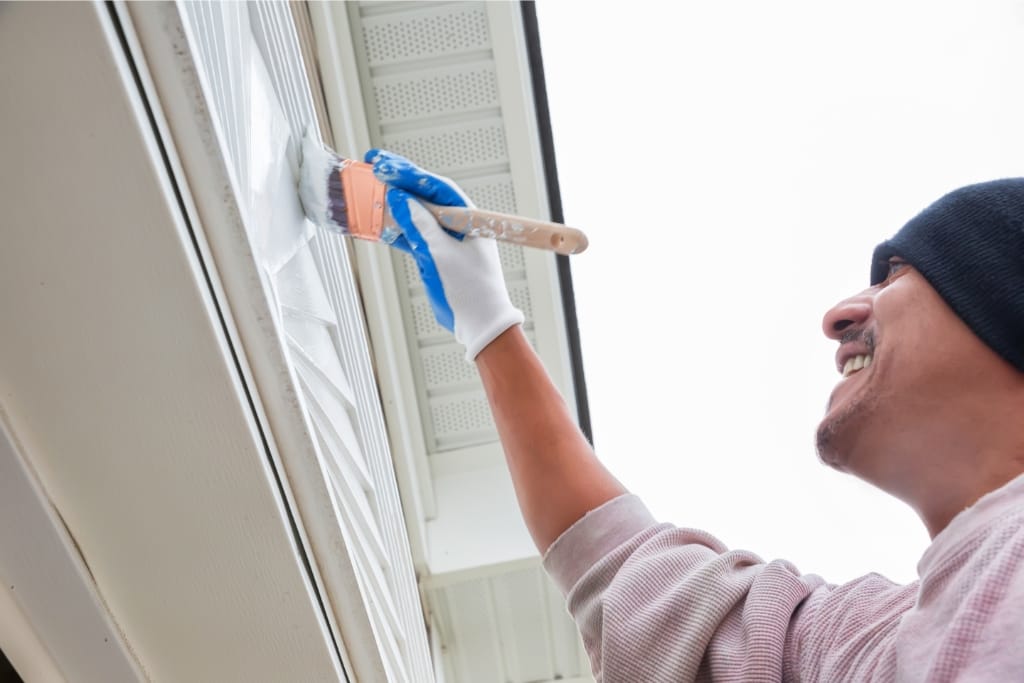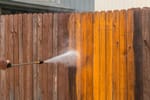Painting your house can dramatically enhance its appearance and boost its market value, but it's essential to be aware of the cost factors involved.
Whether you're undertaking an exterior or interior paint job, various elements can influence the overall price.
From the size of your home and type of paint used to the condition of your surfaces and the time of year, each consideration can impact your budget.
Explore these six key factors that affect house painting costs, and equip yourself with the knowledge to make informed decisions for your next project.
Ready to learn more?
Let's explore how you can optimize your painting budget while achieving stunning results.
1)) Size Of The Area To Be Painted
When determining the cost of a house painting project, the size of the area to be painted is one of the most significant factors.
Larger spaces naturally require more paint, additional materials, and increased labor time, which drives up the overall cost.
Calculating the square footage of walls, ceilings, or exterior surfaces provides a clear estimate of the paint quantity needed and helps assess the scope of the job.
Moreover, intricate architectural designs or high ceilings can add complexity, necessitating specialized equipment or techniques, inevitably affecting your budget.
By understanding the direct correlation between area size and painting expenses, homeowners can better plan and allocate resources effectively to meet their painting goals.
2)) Type And Quality Of Paint
The type and quality of paint you choose are crucial determinants of house painting costs.
Higher-quality paints often come with a higher price tag, but they offer longer-lasting finishes, better coverage, and enhanced durability, which can save money in the long run by reducing the need for frequent repaints.
Different types of paint, such as acrylic, latex, or oil-based, have varying price points and attributes suited to different surfaces and environmental conditions.
Selecting the right paint type ensures that the final appearance and functionality meet your expectations.
Investing in superior quality paint can elevate the visual appeal and protect your surfaces more effectively, making it a valuable consideration for your painting project.
3)) Surface Preparation Requirements
Proper surface preparation is a critical component of any house painting project and significantly influences the overall cost.
Before any paint is applied, surfaces need to be clean, smooth, and free of defects to ensure optimal adhesion and a professional finish.
This preparation can involve cleaning, sanding, patching, and priming, each step adding to labor intensity and expense.
The condition of the surfaces being painted can vary greatly; older homes may require extensive preparation due to existing wear, peeling paint, or structural damage.
Investing time and effort into thorough surface preparation not only enhances the longevity and appearance of the paintwork but also prevents future issues, making it an essential aspect of budgeting for your painting endeavor.
4)) Labor Costs And Expertise
Labor costs and the expertise of the painters you hire can significantly impact your house painting budget.
Skilled painters bring experience, craftsmanship, and efficiency to the table, but their services come at a higher price.
Hiring seasoned professionals can ensure flawless finishes and long-lasting results, which might justify the investment.
On the other hand, less experienced labor may offer lower rates but could potentially compromise the quality of the job or require longer completion times.
Regional cost variations also play a role, with labor expenses differing based on local market demands and living costs.
Understanding these factors allows homeowners to balance cost with quality, ensuring that their painting project is completed to high standards while staying within budget constraints.
5)) Accessibility And Location
Accessibility and location play a pivotal role in determining the cost of a house painting project.
Properties that are hard to access, such as those in remote areas or with difficult terrain, can lead to increased labor time and additional logistical challenges, impacting costs.
Urban locations might demand higher prices due to increased demand and living costs, while rural settings may provide more competitive rates.
Structures on steep slopes or with multiple stories might require specialized equipment such as scaffolding or lifts, which can add to the expense.
Recognizing how accessibility and geographical factors influence painting costs can help you strategize effectively, ensuring your project is completed efficiently and economically.
6)) Timing And Season Of The Project
The timing and season of a painting project are critical factors that affect costs and outcomes.
Painting in optimal weather conditions—generally dry, mild temperatures—ensures that paint adheres properly and dries efficiently, reducing the risk of imperfections.
Projects scheduled during peak seasons may incur higher costs due to increased demand for professional painters while booking during off-peak times might offer cost savings and greater flexibility in scheduling.
Inclement or extreme weather conditions can delay progress and impact the quality of the finish, potentially leading to additional expenses.
Planning your painting project around the most favorable timing and season ensures not only cost-effectiveness but also helps achieve the best possible results for your home.
Conclusion
In considering the various factors that influence house painting costs, it's clear that careful planning and informed decision-making are crucial.
By evaluating the type and quality of paint, ensuring thorough surface preparation, choosing skilled labor, assessing accessibility and location, and thoughtfully scheduling the project timing, homeowners can manage expenses effectively while achieving a quality finish.
These considerations not only help maintain budgetary constraints but also contribute to a professional outcome that enhances the beauty and longevity of the home's aesthetic.
A holistic approach to project planning and execution ensures a seamless painting experience with satisfying results.
Download Our Free E-book!








